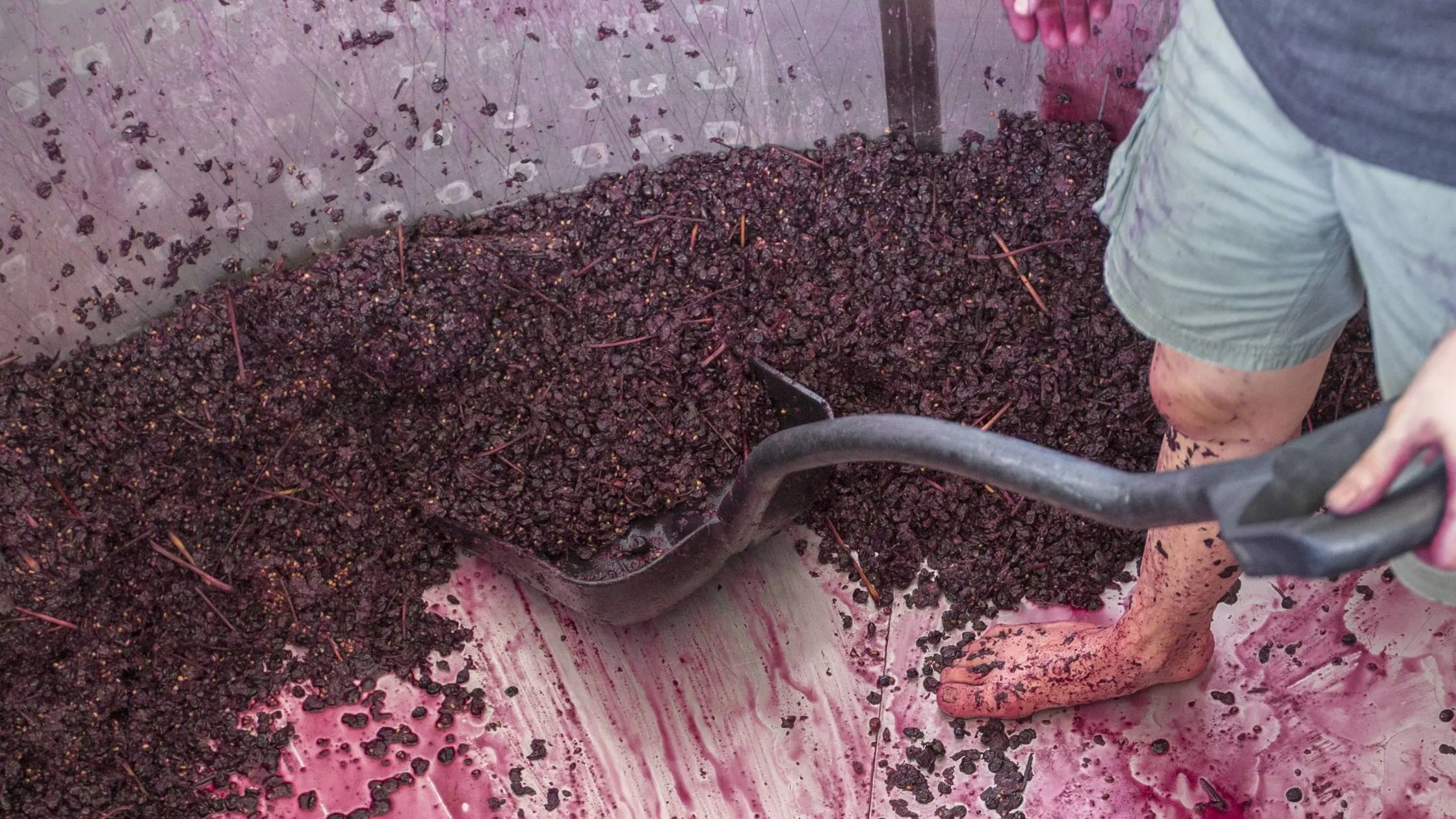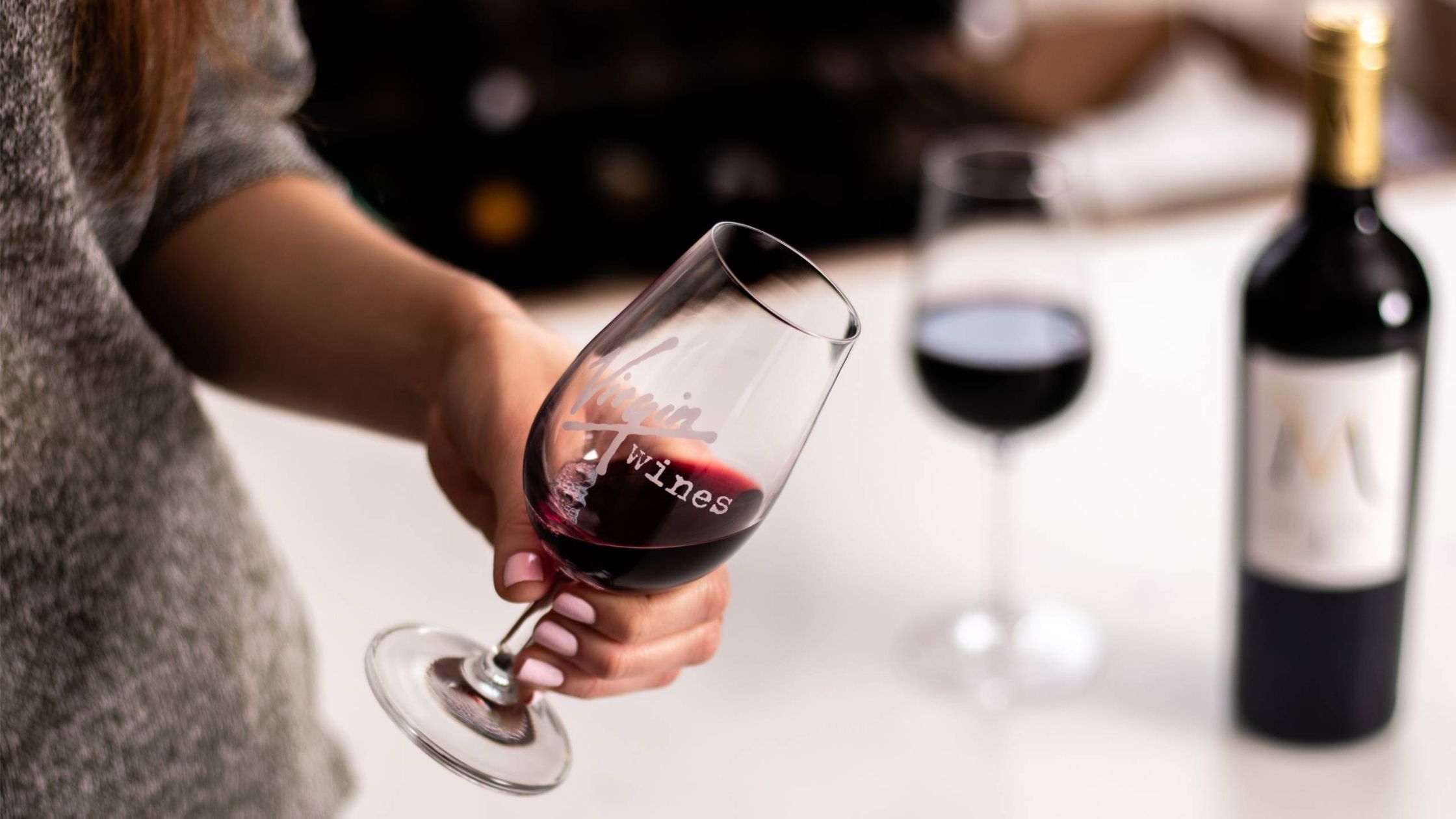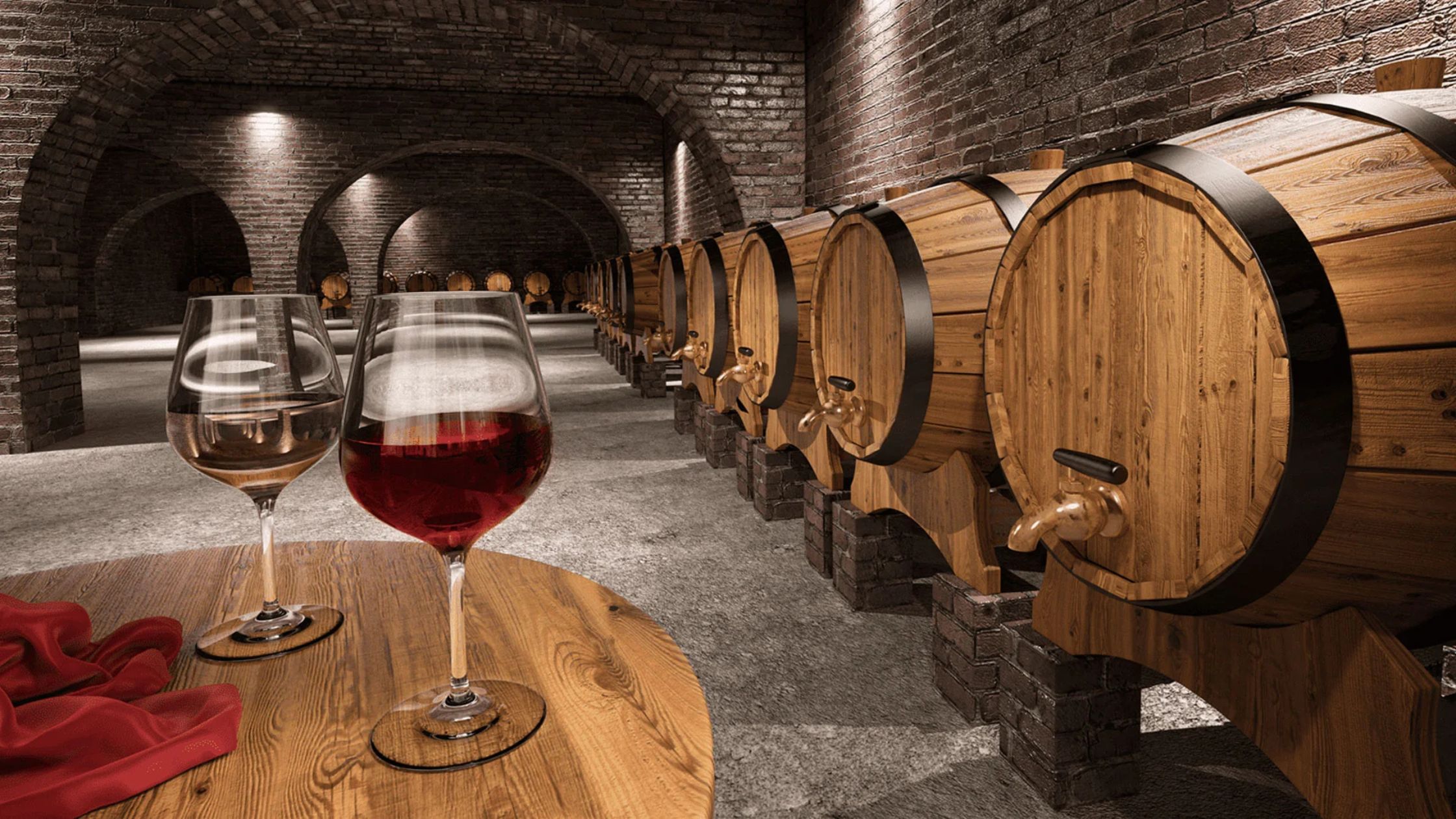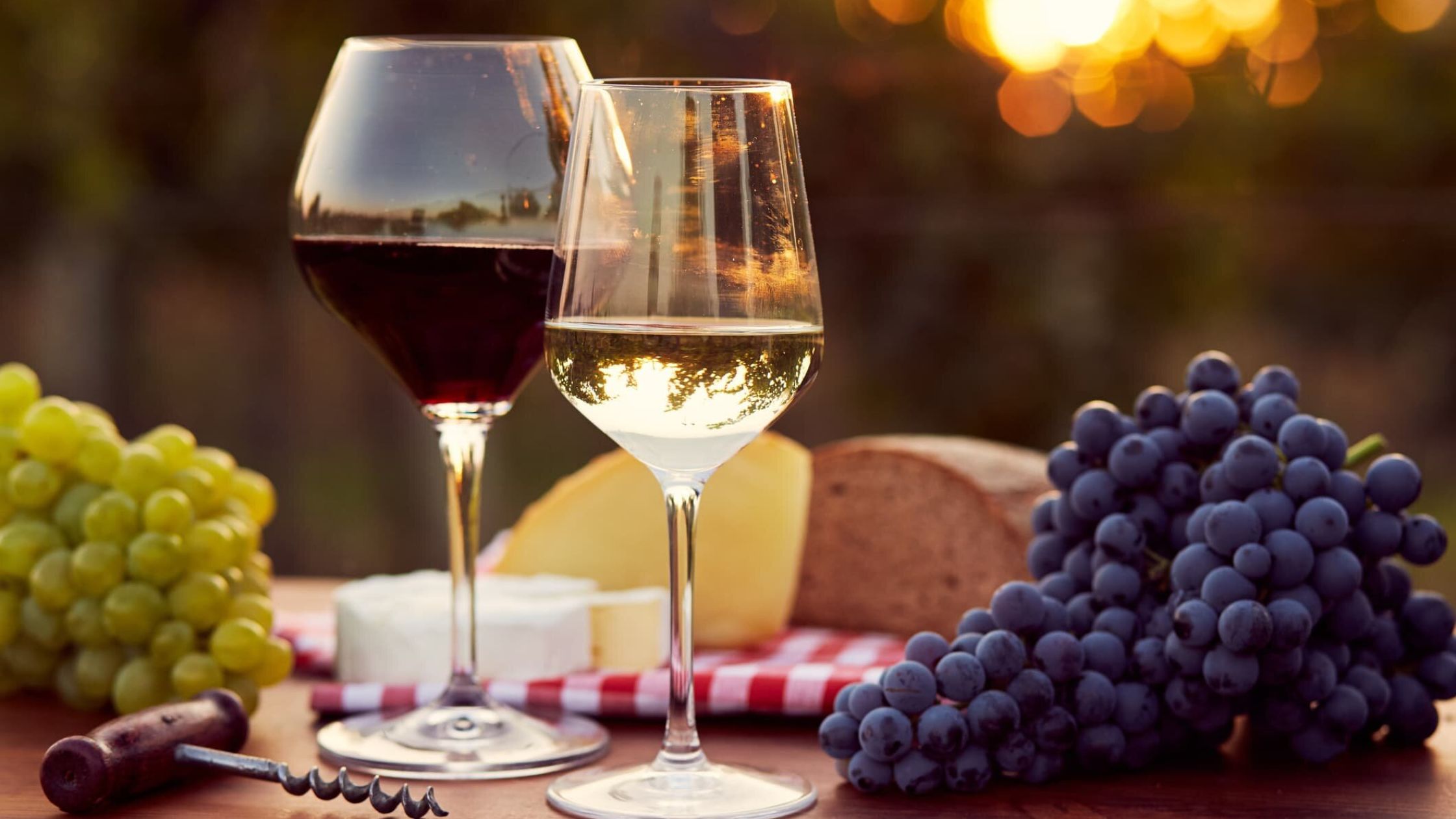Wine has been enjoyed for centuries, with red wine vs. white wine being a common debate among enthusiasts. Although both wine and grape juice can be sourced from grapes, they are different in their method of production, tasting notes, culinary pairings, and even health advantages. So, if you are either an aficionado or a babbling newbie trying to make sense of the world of wines, the know-how of these distinguishing linings will allow you to build a better appreciation of wine itself and make better decisions.

The Production Process: How Red and White Wines Are Made
One of the fundamental differences between red wine vs. white wine starts with their production process. The winemaking technique significantly impacts the final taste and characteristics of the wine.
- Red Wine: Red wine's dark color and robust flavors come from maceration, leaving grape skins exposed during fermentation so as to extract tannins, color compounds, and flavor compounds from them into the wine's fermentate. This allows red wines made from dark-hued grape varieties to achieve their signature hue and character.
- White Wine: White wine, typically created from green or yellowish grapes, is fermented without coming in contact with its skin; this produces lighter-bodied wines with crisper flavors.
Key Production Differences
- Red wine fermentation happens with skins, imparting tannins that provide structure and aging potential.
- White wine fermentation occurs without skins, preserving fresh fruit flavors and acidity.
- Red wines that are aged in oak barrels tend to gain complexity as well as secondary notes such as vanilla or spice, enriching their overall flavors with subtleties like these.
- White wines typically undergo fermentation in stainless steel tanks to preserve their crisp and refreshing nature.
.jpg)
Grape Varieties Used in Red and White Wines
The type of grape used plays a vital role in defining the flavors of red wine and white wine. Different grapes contribute distinct characteristics, which influence the overall experience.
Popular Red Wine Grapes
- India: Shiraz, Cabernet Sauvignon, Merlot
- Global: Pinot Noir, Syrah/Shiraz, Zinfandel, Malbec
Popular White Wine Grapes
- India: Sauvignon Blanc, Chenin Blanc, Chardonnay
- Global: Riesling, Pinot Grigio, Gewürztraminer, Viognier
Each grape variety imparts unique flavors and aromas. For instance, Pinot Noir red wine is known for its light-bodied nature with red fruit flavors, while Chardonnay wine can range from crisp to creamy depending on oak aging.

Taste Profiles and Food Pairings
The taste and mouthfeel of red wine vs. white wine differ due to the presence of tannins, acidity levels, and aging techniques.
Red Wine Taste and Food Pairing
Red wines tend to feature robust flavors spanning fruity to spicy and earthy undertones, providing the drinker with a wide variety of experiences in one sip.
- Cabernet Sauvignon: Blackcurrant, cedar, and spice—best paired with grilled steak and lamb.
- Pinot Noir: Light-bodied with cherry and earthy notes—pairs well with salmon, duck, and mushroom dishes.
- Merlot: Smooth and fruity with hints of plum and chocolate—great with roasted chicken and pasta.
White Wine Taste and Food Pairing
White wines are generally lighter, with refreshing acidity and fruit-forward notes.
- Chardonnay: Buttery, with apple and vanilla flavors—ideal for creamy pasta, seafood, and chicken.
- Sauvignon Blanc: Crisp and grassy with lime notes—pairs well with salads, seafood, and goat cheese.
- Riesling: Sweet with stone fruit flavors—perfect for spicy Asian dishes and desserts.
Understanding the red wine white wine difference helps in making the right pairing decisions to enhance dining experiences.

Sweetness Levels: Dry to Sweet Wines
While both red and white wines can range from dry to sweet, white wines generally have more noticeable variations in sweetness levels.
- Dry Reds: Cabernet Sauvignon, Syrah, Pinot Noir
- Sweeter Reds: Port, Lambrusco, some Zinfandels
- Dry Whites: Sauvignon Blanc, Chardonnay
- Sweeter Whites: Riesling, Moscato
The sweetness of a wine is determined by residual sugar levels after fermentation. Wine tasting can help identify the balance between sweetness, acidity, and tannins.
Choosing the Right Glass: Enhancing the Tasting Experience
The right glassware can enhance the red wine tasting experience by highlighting the wine's aromas and flavors.
- Red Wine Glasses: Larger bowls allow aeration, softening tannins and enhancing complex aromas.
- White Wine Glasses: Smaller bowls help maintain cool temperatures while preserving delicate aromas.
Color & Flavor Profile: Visual and Sensory Differences
The visual and sensory characteristics of red wine and white wine offer distinct drinking experiences.
Red Wine Characteristics
- Color: Anthocyanins in grape skins cause deep ruby-red hues with garnet or purple undertones to take shape in our wine.
- Flavor: Refreshing flavors with citrus, green apple, or tropical fruit notes.
- Texture: Rich mouthfeel with tannins providing structure and complexity.
White Wine Characteristics
- Color: Pale yellow, straw, or golden hues often combined with greenish tints make up this hue family.
- Flavor: Refreshing flavors featuring citrus, green apple, or tropical fruit notes.
- Texture: Light-bodied wines featuring vibrant acidity make these more refreshing.

Health Benefits: Red Wine vs. White Wine
Beyond taste, red wine vs. white wine also differ in potential health benefits when consumed in moderation.
Health Benefits of Red Wine
- Rich in antioxidants like resveratrol, which may support heart health.
- Tannins may help improve blood circulation.
- Polyphenols may help reduce bad cholesterol and support longevity.
Health Benefits of White Wine
- Lower in calories compared to red wine.
- Flavonoids support the immune system.
- Acidity levels may aid digestion.

Aging Potential: How Long Can Red and White Wines Be Stored?
Red wines generally have a longer aging potential than white wines due to their tannin structure.
- Red Wines: Can age for several years, developing complex flavors over time.
- White Wines: Best consumed young, although some like Chardonnay wine and Riesling can age well.
Proper wine storage helps preserve its quality over time. A cool and dark area are best.
Which One Should You Choose?
The decision between red wine and white wine depends on personal preferences and the occasion.
- If you enjoy bold, complex wines, opt for a red wine like Cabernet Sauvignon.
- If you prefer light, refreshing wines, go for a white wine like Sauvignon Blanc.
- Pairing with food? Red wines go well with meats, while white wines complement seafood and poultry.
- Trying wine for the first time? A Chardonnay wine or Pinot Noir red wine is a great introduction.
- Looking for a health-conscious choice? Red wine may offer additional heart-health benefits.
Conclusion: Enjoying the Best of Both Worlds
Exploring red wine vs. white wine reveals a world of flavors, aromas, and experiences. Whether you prefer the depth of red wine types or the crispness of a white wine, both offer unique pleasures.
By understanding wine grapes, production methods, and food pairings, you can broaden your wine appreciation. When sipping from any bottle in your collection, appreciate its handicraft - this diversity brings immense pleasure! Cheers to wines!
Auther : Kavita Sharma – Barware & Mixology Writer
Kavita Sharma is a barware and mixology writer with 6+ years of experience. She offers practical tips on cocktail tools and accessories for home bars.



.jpg)



